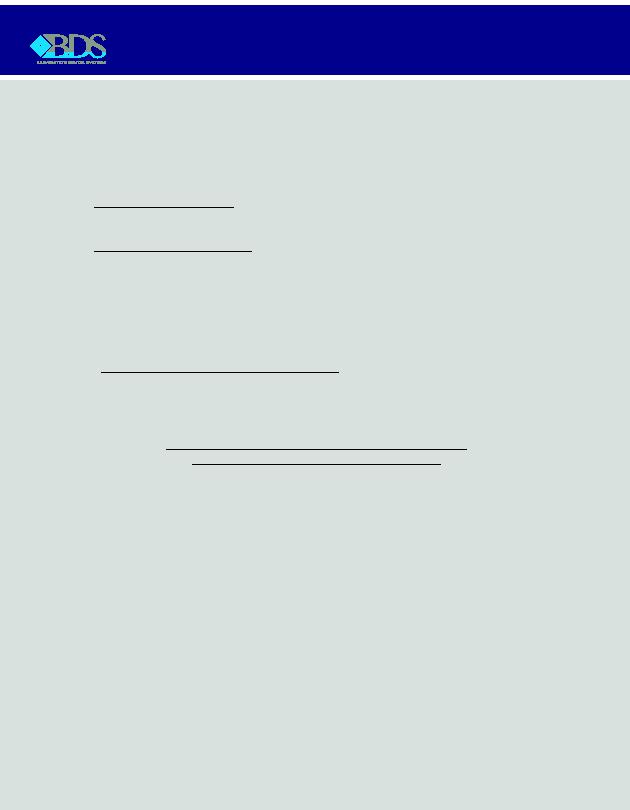
4
800.237.2303
503.538.8756
503.538.2845 Fax
www.beaverstatedental.com
Disinfection
Guidelines
DAMAGE OR DISCOLORATION OF SURFACE FINISHES IS NOT
COVERED UNDER THE BEAVERSTATE WARRANTY.
Beaverstate Dental makes no representation as to the disinfection efficacy of any disinfectant product. Questions regarding
product efficacy should be directed to the specific manufacturer of that product. We make no warranty expressed or implied
regarding any damage resulting from the use of any disinfectant. Damage and/or discoloration of any surface is not covered
by our warranty.
There are many products and techniques for infection control that are presently available on the market.
The BARRIER TECHNIQUE METHOD has proven to be effective in the preservation of the surface finish and appearance
of your new equipment. Disposable barrier products should be used and changed between each patient. Consult your full
service dental dealer for information regarding disposable barrier products.
The CHEMICAL DISINFECTION METHOD is an effective means of disinfection, but care is needed in the mixing and use
of the products. To minimize the accumulation of chemical residues on your new equipment, you must wash your equipment
daily with a solution of warm water and mild soap. When mixing any cleaning or disinfecting chemical product, care should be
taken to follow the manufacturers instructions regarding mixing and use. If recommended ratios of dilution are not followed,
non-damaging chemical may become corrosive and damage surface finishes. Consult your full service dental dealer for
information regarding chemical disinfecting and cleaning products.
Non acceptable disinfectants and cleaners include: Household bleach @ 5.25%, Ethyl alcohol, alcohol-based phenols, household
cleaners and strong phenols or alcohol-phenol combinations. The use of iodine based products has been known to stain
painted and upholstered surfaces.
When FLUSHING UNIT LINES AND WATER BOTTLE SYSTEMS, care must be taken. If a powdered flushing product that
requires mixing with water is used, the powder must be thoroughly dissolved in the water. Improper mixing will cause solution
particulates. These particulates may cause residual debris in the water lines which will cause the dental system to not work
properly.
